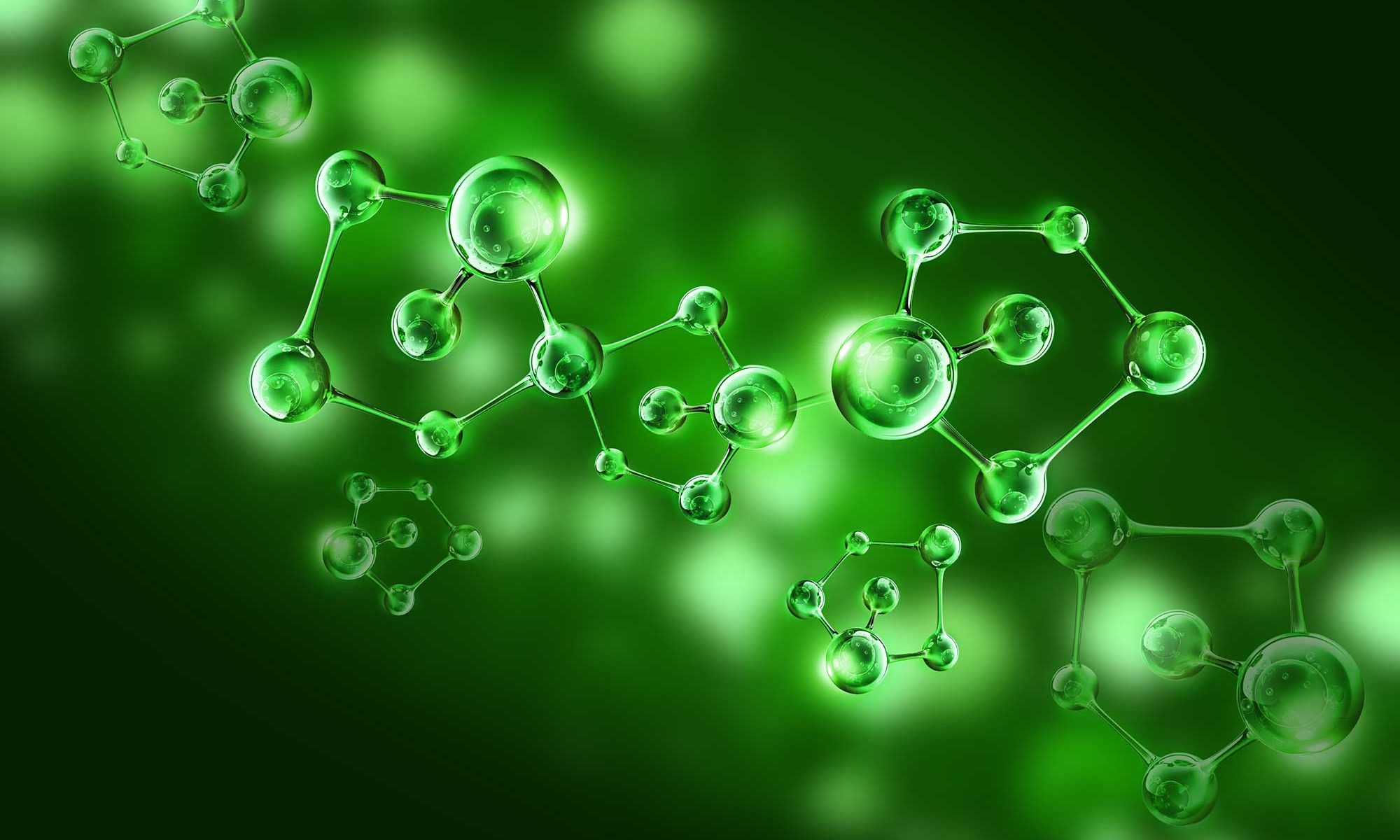In its Mid-Century Vision, Cefic predicts that biomass consumption for production of chemicals will have doubled by 2050 with respect to 2018. To meet this forecast, both the chemical industry and EU policymakers will need to take certain measures to scale up the bioeconomy. At the moment, bio-based products (BBPs) from the chemicals and plastics sector currently only generate approximately 2.5% of the total bioeconomy turnover.
Diversification of feedstocks
Cefic believes that renewable resources of biological origin offer the chemical industry an opportunity to diversify its feedstocks to produce bio-based product (BBPs). A Joint Research Centre (JRC) study identified 10 potential BBP categories. Two of these categories, referred to as ‘platform’ and ‘bio-based plastics’ represent only 3% of the bio-based industry, yet speak for 75% of the total chemical production, meaning both bio and fossil. Cefic considers it essential to increase the share of bio-based products primarily in these two categories to enhance the overall share of bio-based products.
Not only does the chemical industry commit to increasing its share of bio-based products, it intends to do so with an improved sustainability profile and a performance and functionality which is at least equal to or better than existing alternatives which are currently mostly fossil derived. In turn, Cefic calls upon the policymakers to provide a supportive policy framework to bring the bio-based production at scale.
Read more about Cefic’s vision on the bioeconomy and download the paper on the Cefic website.
Image: Vichy Deal/Shutterstock



